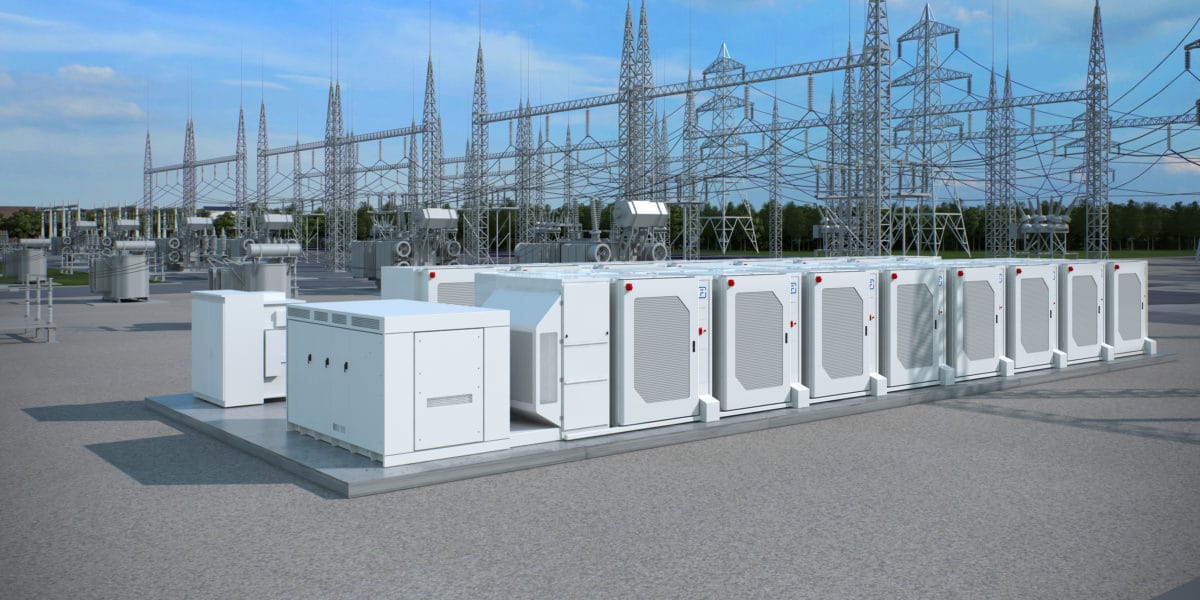Batteries need to lead a sixfold increase in global energy storage capacity to enable the world to meet 2030 targets, after deployment in the power sector more than doubled last year, the IEA said in its first assessment of the state of play across the entire battery ecosystem. In this scenario, battery energy storage systems would account for 90% of the increase and pumped hydro for most of the rest.
In its “Batteries and Secure Energy Transitions” report, the Paris-based watchdog described batteries as critical to delivering the climate and energy targets outlined at the COP28 climate conference in Dubai. It said that growth in batteries outpaced almost all other clean energy technologies in 2023, driven by falling costs, innovation, and supportive industrial policies.
Strong growth occurred for utility-scale battery projects, behind-the-meter batteries, minigrids and solar home systems, adding a total of 42 GW of battery storage capacity throughout the world, up by more than 130% year on year. Meanwhile, electric vehicle (EV) battery deployment increased by 40% in 2023, with 14 million new electric cars, accounting for the vast majority of batteries used in the energy sector.
“Despite the continuing use of lithium-ion batteries in billions of personal devices in the world, the energy sector now accounts for over 90% of annual lithium-ion battery demand,” the IEA report said. “This is up from 50% for the energy sector in 2016, when the total lithium-ion battery market was 10-times smaller.”
In less than 15 years, battery costs have fallen by more than 90% – one of the fastest declines ever seen in clean energy technologies. Nonetheless, the report found that costs need to come down further without compromising quality and technology to globally scale up batteries.
The expectation is that further innovation in battery chemistries and manufacturing could reduce global average lithium-ion battery costs by another 40% from 2023 to 2030 and bring sodium-ion batteries to the market. The IEA said that sodium-ion batteries would account for less than 10% of EV batteries to 2030, but they would make up a growing share of stationary storage batteries, as their costs are 30% lower than those of lithium-iron phosphate (LFP) batteries.
“The combination of solar PV and batteries is today competitive with new coal plants in India. And just in the next few years, it will be cheaper than new coal in China and gas-fired power in the United States. Batteries are changing the game before our eyes,” said IEA Executive Director Fatih Birol.
The cost cuts also make standalone battery storage more competitive with natural gas peaking options, the IEA report said.
In the most ambitious scenario, total spending on batteries across all applications is set to increase to $800 billion by 2030, up almost 400% from 2023. This means doubling the share of batteries in overall clean energy investment within seven years.
Global battery manufacturing has more than tripled over the last three years. While China produces most batteries today, the report showed that 40% of all announced plans for new battery manufacturing are in advanced economies such as the United States and the European Union.
“If all those projects are built, those economies would have nearly enough manufacturing to meet their own needs to 2030 on the path to net zero emissions,” said the report.
This content is protected by copyright and may not be reused. If you want to cooperate with us and would like to reuse some of our content, please contact: editors@pv-magazine.com.









By submitting this form you agree to pv magazine using your data for the purposes of publishing your comment.
Your personal data will only be disclosed or otherwise transmitted to third parties for the purposes of spam filtering or if this is necessary for technical maintenance of the website. Any other transfer to third parties will not take place unless this is justified on the basis of applicable data protection regulations or if pv magazine is legally obliged to do so.
You may revoke this consent at any time with effect for the future, in which case your personal data will be deleted immediately. Otherwise, your data will be deleted if pv magazine has processed your request or the purpose of data storage is fulfilled.
Further information on data privacy can be found in our Data Protection Policy.